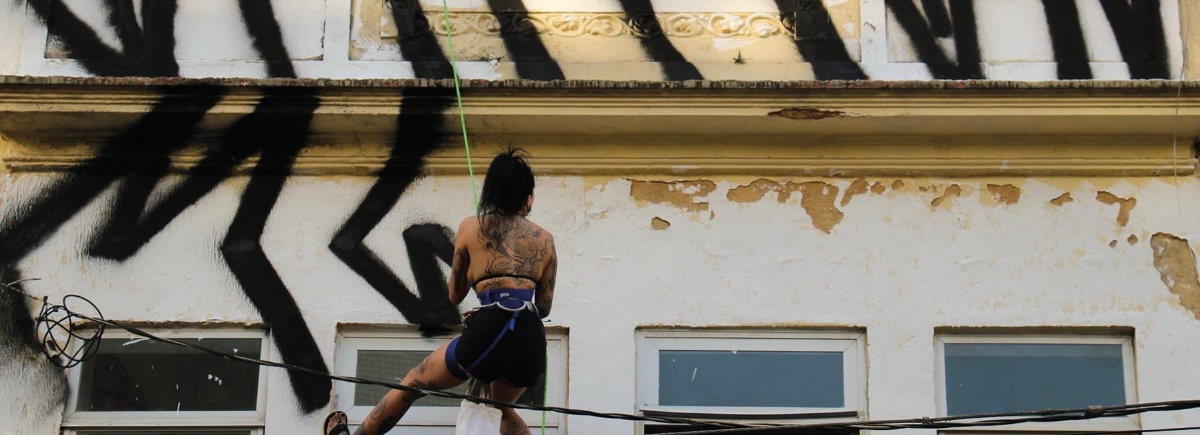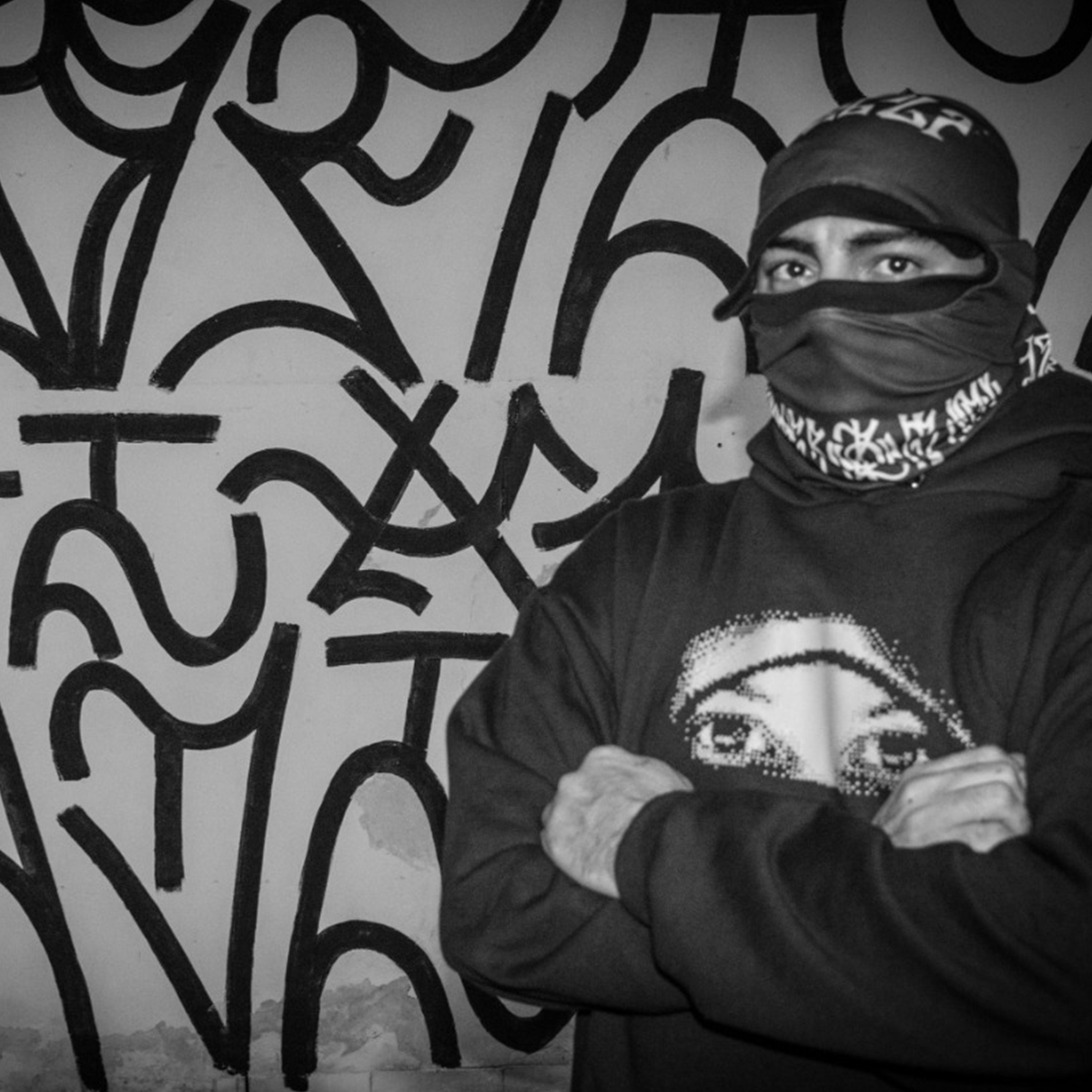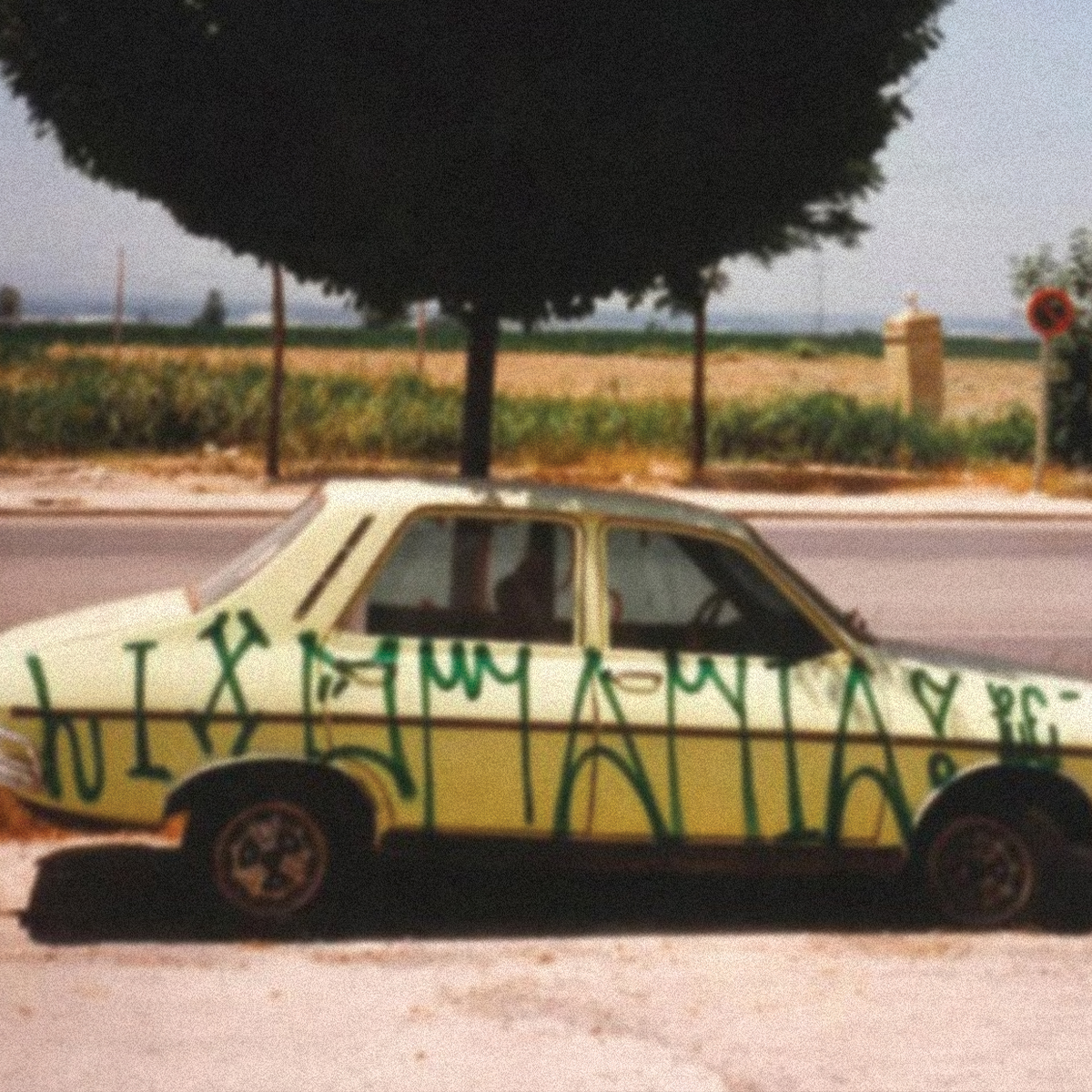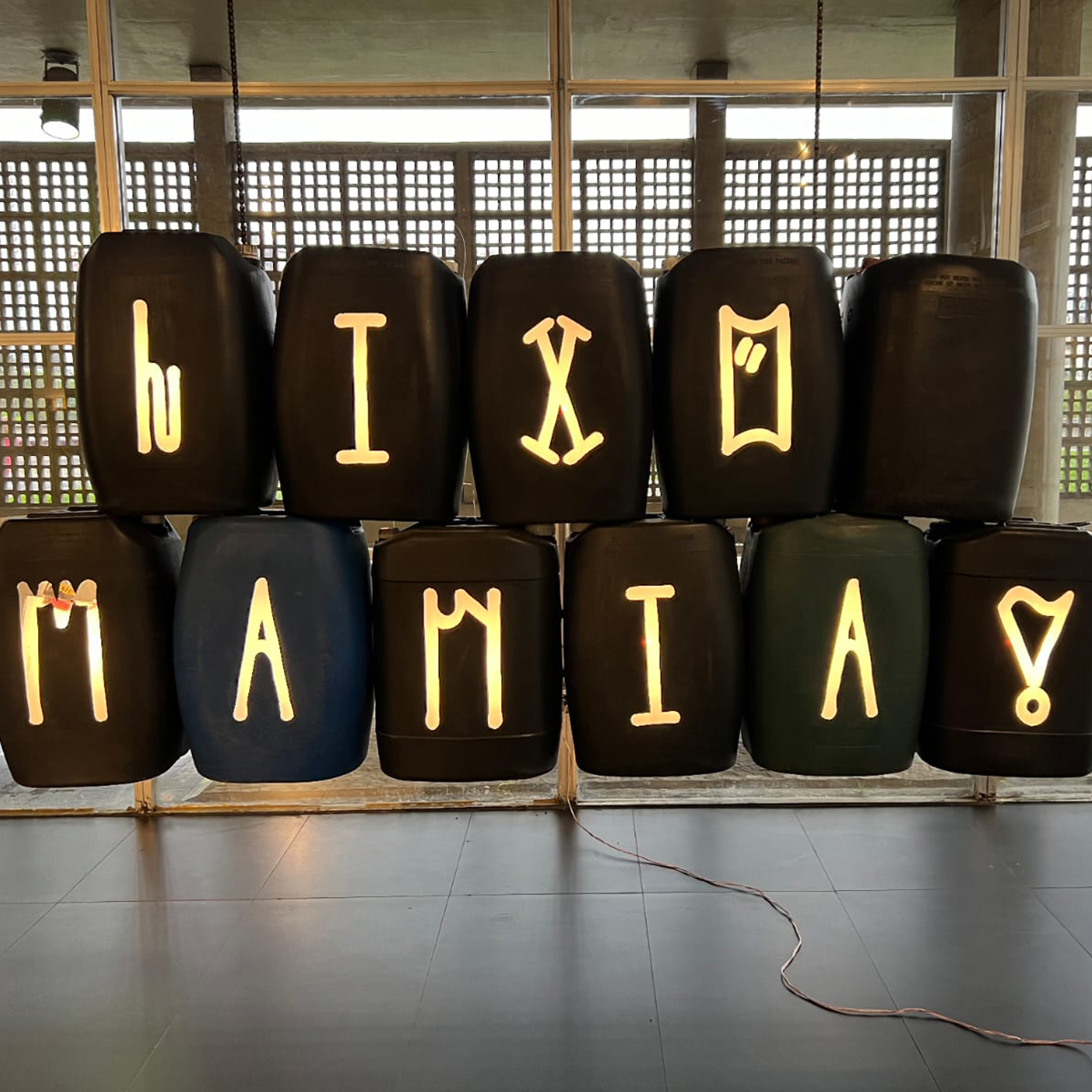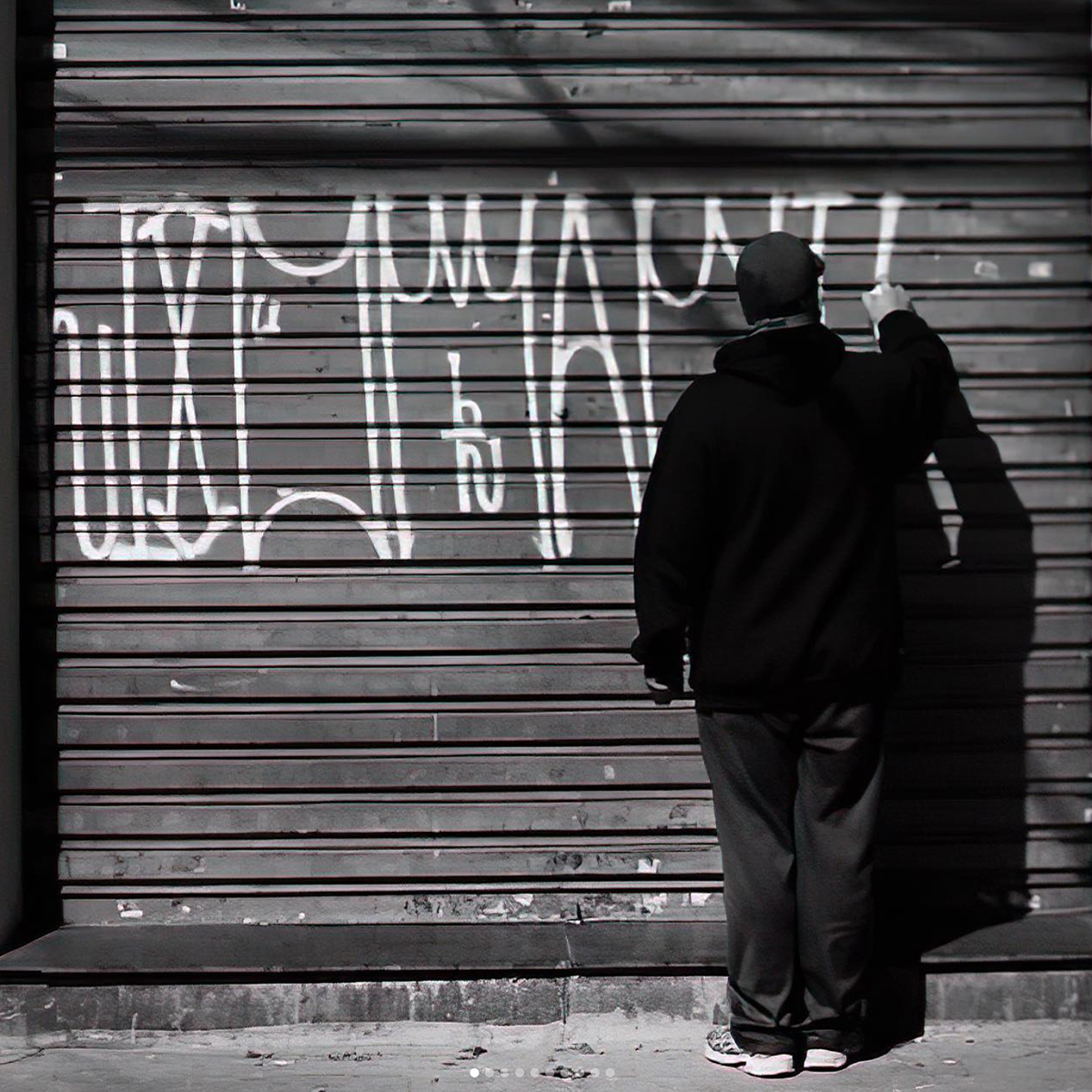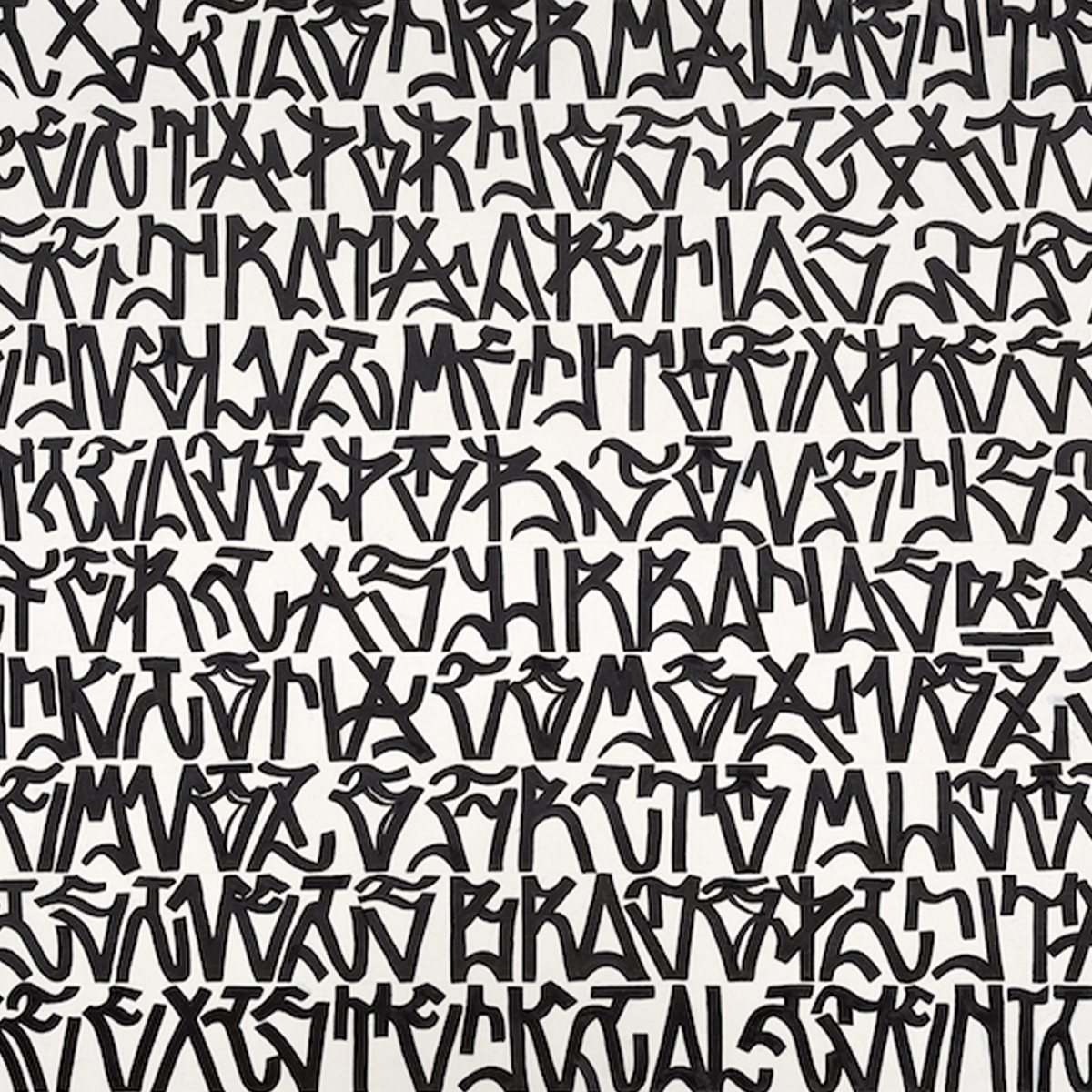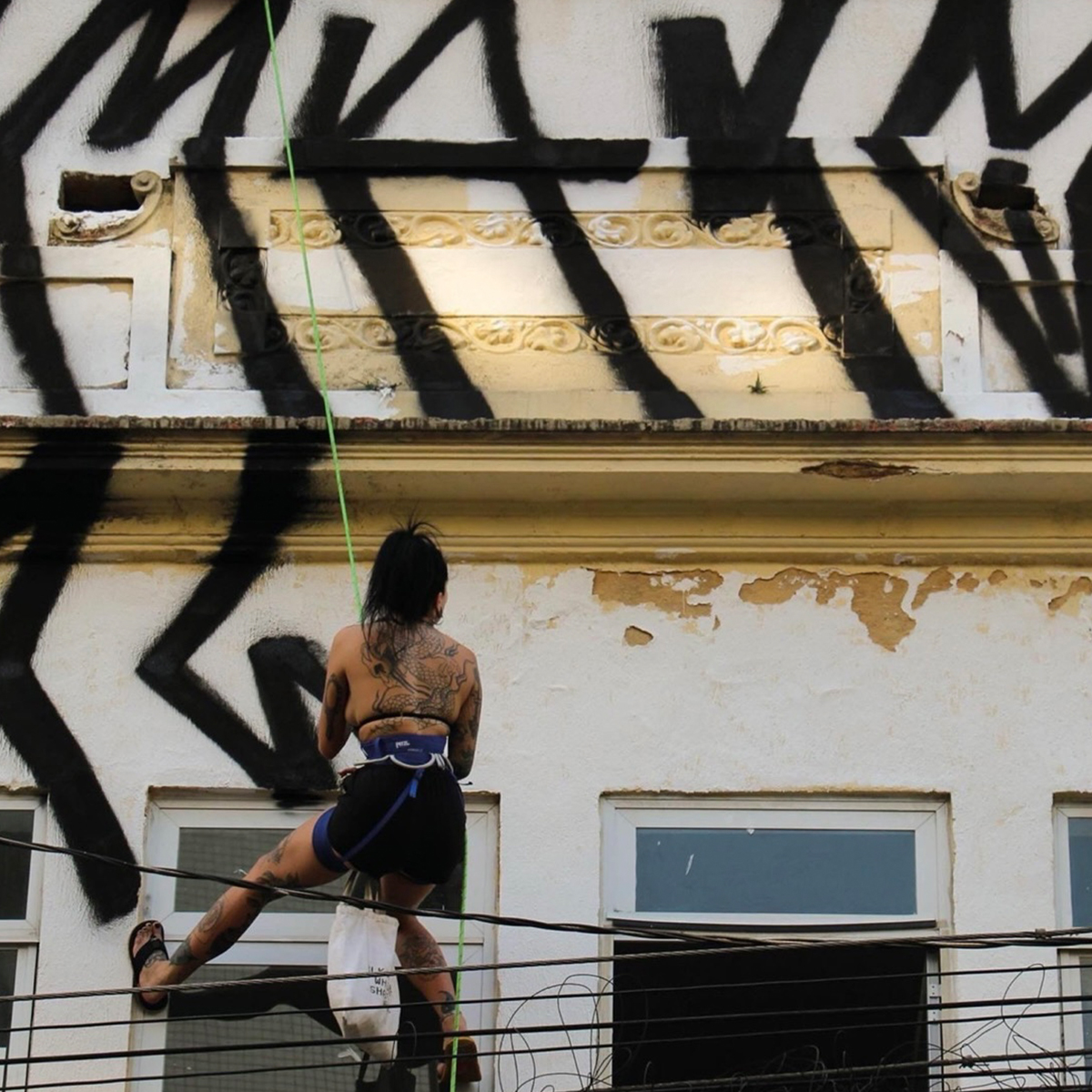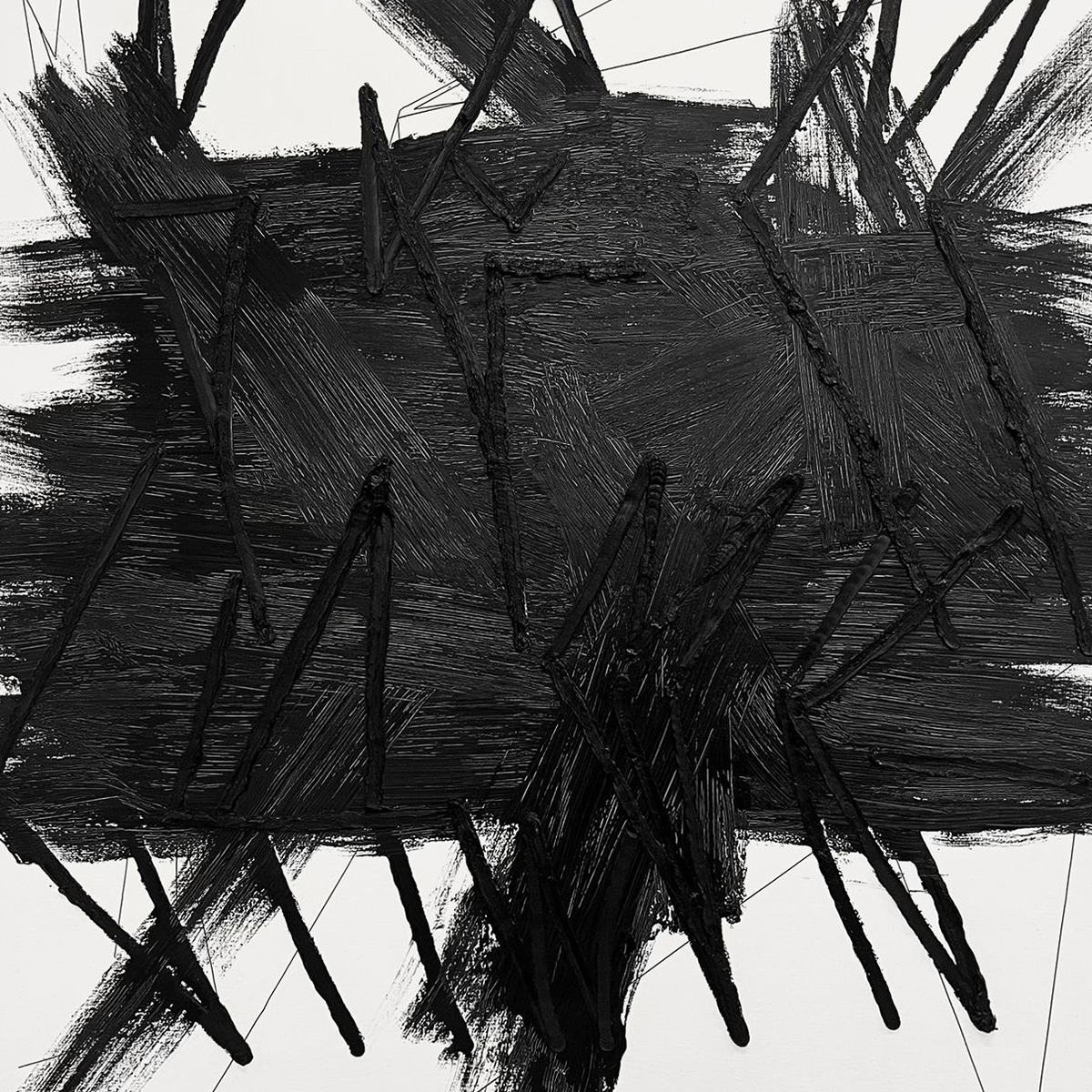The exhibition Pixação: Resistance and Rebellion will be on view from Friday, June 27 through Sunday, August 31 in the Groundwork Space at STRAAT Museum. The exhibition is accessible with a regular admission ticket.
Pixação emerged from São Paulo’s peripheries in the late 1980s, a striking urban intervention defined by straight, angular tags. Far beyond mere vandalism, it stands as a raw declaration of existence by marginalised youth, defying segregation and social exclusion. Executed through daring techniques—spray paint, rollers, rappelling, and climbing—pixação challenges societal norms and the city’s divided architecture.
Pixação: Resistance and Rebellion traces the movement’s evolution across three phases: emergence, confrontation, and innovation.
LIXOMANIA!.zé’s global tags embody its roots (1984–2006), embedding a resistant spirit within Brazil’s urban fabric and beyond. Cripta Djan’s biennale disruptions mark its confrontational peak (2008–2012), merging street rebellion with artistic discourse. Eneri’s feminist rappelling heralds a new generation (2015–present), redefining pixação as socio-political critique and empowerment.
Through these artists, complemented by archival materials, the exhibition unveils pixação’s dual identity as protest and aesthetic practice, inviting reflection on art, authorship, and urban agency. Social structures such as grifes (alliances of pixador groups), points (meeting places), and folhinhas (signature sheets exchanged among pixadores) underscore its communal and competitive ethos, framing the movement’s cultural significance.
